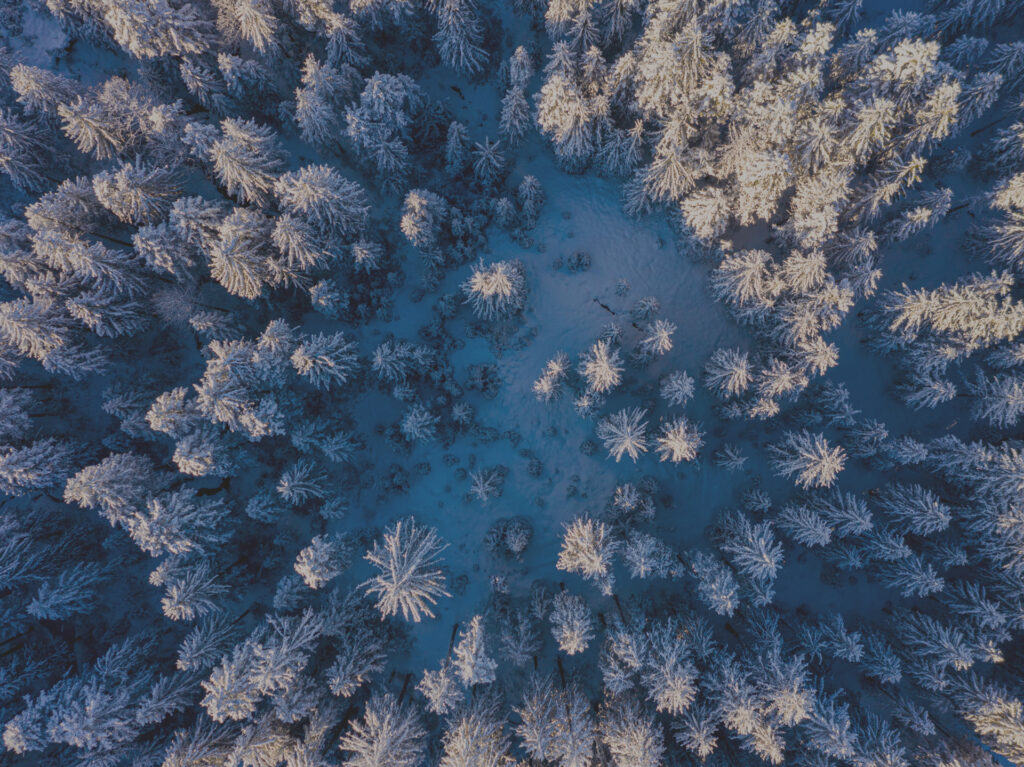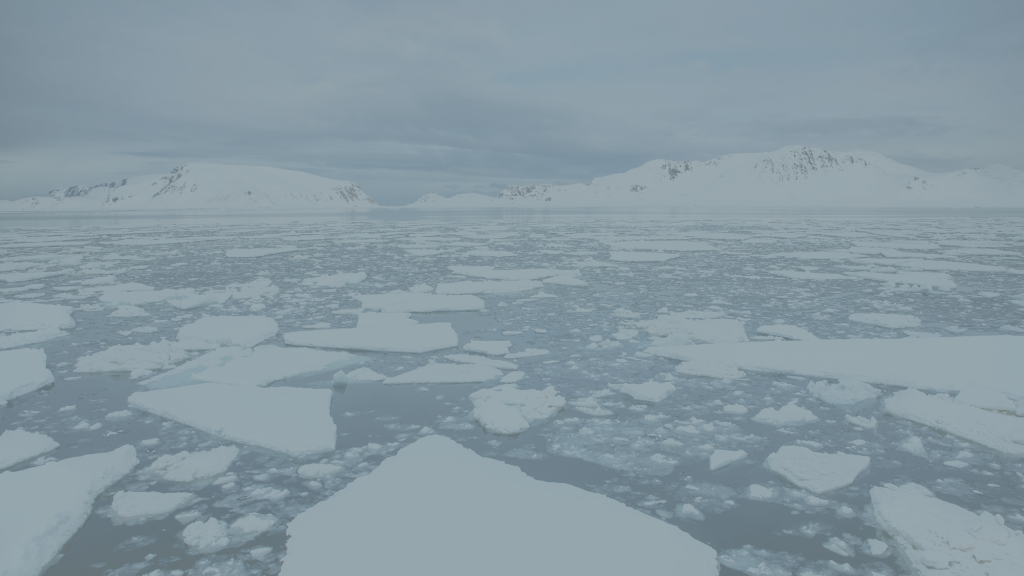How First Nations Education Infrastructure is Funded in Canada

Introduction In 2008, thirteen-year-old Shannen Koostachin of Attawapiskat First Nation stood outside on the steps of Parliament. She had just come from a meeting with then Minister of Indian Affairs and Northern Development, Chuck Strahl, who had bluntly told her delegation the federal government simply could not afford to build the new school Shannen’s First […]
Counting First Nations Peoples

Introduction Accurate population counts are essential to planning and delivering responsive public services. Canada is usually regarded as having excellent quality and very relevant health and social statistics. However, there is an egregious gap when it comes to information on Indigenous peoples, including First Nations. These defects in data infrastructure can have serious consequences, including […]
Language Revitalization

Introduction Language is the keystone of culture and identity. Beyond serving to communicate, language enables the sharing of ideas, feelings, stories, and history over time and across physical space. More than 70 distinct Indigenous languages are spoken by First Nations people across Canada. These languages hold and impart tradition, wisdom, and spirituality among their speakers […]
Gender-Based Discrimination and the Indian Act

Introduction The Indian Act was created to control and assimilate Indigenous peoples and First Nations in Canada. From inception, the Indian Act has perpetuated gender inequity through legal definitions of ‘Indian,’ determining – without dialogue or input from First Nations and Indigenous leaders – who may be considered ‘Indian’ and therefore granted Indian status and […]
First Nations Policing

Introduction The relationship between First Nations and police is complex. It is informed by historical colonial exploitation and continues to be defined by the paradox of First Nations being overpoliced out of prejudice, and under policed when assistance is needed most. This blog explores First Nations-police relations, using Nishnawbe-Aski Police Service (NAPS) as a case […]
The United Nations Declaration on the Rights of Indigenous Peoples (UNDRIP)

Background The UN General Assembly (UNGA) adopted the United Nations Declaration on the Rights of Indigenous Peoples on Thursday, 13 September 2007. Among 192 members of the nation-states, a majority of 144 states voted in favour of the resolution. Four voted against, and 11 members abstained from voting on the resolution. Canada was one of […]
School Nutrition Programs

Introduction Globally, primary and secondary school nutrition programs continue to gain recognition due to their meaningful role in the global school system. Providing schoolchildren with needed nutrients significantly impacts their cognitive growth and development. The impact of school nutrition programs goes beyond the daily meals provided to schoolchildren; it contributes to their long-term health, economic […]
First Nations Education Infrastructure

Introduction The quality of the environment in which students learn is a crucial aspect of education. The environmental design of schools alone was found to explain 16% of the variation in primary students’ academic achievement in reading, writing, and math in United Kingdom schools in a 2017 study. Not only does the physical environment of […]
Indigenous Self-Governance

Introduction Self-governance (and what it constitutes) has been historically complex in policy, government, and inter-governmental relations. Debate persists over the operations of self-governance as a framework or system determining self-sustainability. Self-governance can be applied at varying levels and in relation to a particular organizational structure (i.e., community, Nation, or region). Of note, is how self-governance […]
Land-Based Learning

Introduction Land-based learning brings traditional Indigenous ways of knowing and teaching into contemporary Indigenous education programs. The practice touches on many of the issues at the forefront for Indigenous peoples today – a 2019 report from the Samuel Centre for Social Connectedness outlines the numerous ways in which land-based learning fulfills goals set out in […]
